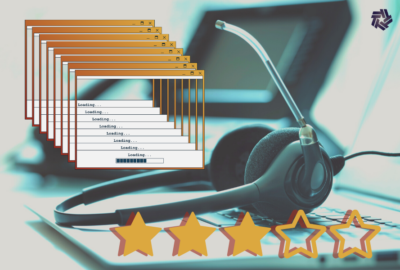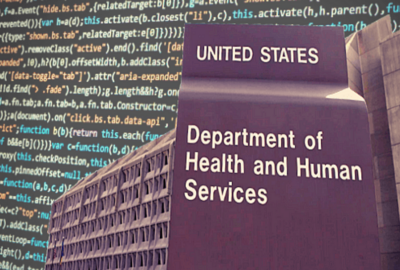Census’ decennial planning builds on its telework successes
The agency has upgraded its network and increased capabilities to let employees work remotely or telework more easily, says Brian McGrath, the Census Bureau\'s ...
wfedstaff | June 4, 2015 7:30 pm
The Census Bureau is in the midst of testing and planning for the 2020 population count. A key piece of that effort is how best to use mobile devices.
Brian McGrath, the Census Bureau’s chief information officer, said over the last few years, as the agency has upgraded its network and increased capabilities to let employees work remotely or telework more easily, those lessons are helping the agency prepare for how mobile devices could be used in the decennial count.
“We embarked on an enterprise mobile strategy about two-and-a-half years ago in order to support the rapid adoption of telework. Through a combination of virtual desktop interface (VDI) and our own private cloud, we’ve delivered a capability that allows staff here at the Census Bureau to have full access to their desktop, data and systems, both internally and externally,” McGrath said. “The really fascinating and interesting piece is, we are using a BYOD approach for remote access so staff, for telework, use their personally owned equipment. They can use the device and form factor of their choosing and, through a robust infrastructure and strategy around security, we feel we’ve delivered a solution that really supports a mobile workforce with a high degree of functionality and security.”
In fact, the Census saw more than 4,000 people concurrently access its infrastructure during the March snowstorms that closed federal offices in the Washington, D.C. area. McGrath said the winter showed Census employees didn’t lose productivity even when the weather failed to cooperate.
“We now are in the process of converting our regional offices, of which there are six around the country, from the traditional large fat client to our VDI,” he said. “Interestingly enough, I received an email from our regional director from Los Angeles. He was on a plane at 37,000 feet and had full access to his desktop, doing his work and sending me an email letting me know that he appreciated the technical capabilities that we had provided. Really, it’s a new day here for continuing to improve productivity and supporting a mobile workforce.”
The successes of the VDI and security infrastructure are helping Census realize it could take advantage of many of the same capabilities for the 2020 count.
McGrath said, for the decennial count, a bring-your-own-device approach could save hundreds of millions of dollars and, maybe just as important, make it easier to collect data.

In 2010, the Census hired about 500,000 field representatives. Under BYOD, the agency in 2020 wouldn’t have to buy mobile devices for so many field representatives.
“Even things as simple as training, if you bring your own device and, from a training perspective, all I have to do is push an app or a series of apps in a secure container that’s encrypted to your personally-owned device, I don’t have to teach you how to use the entire device, I just have to teach you how to use those applications,” McGrath said. “If we can take one day off the training curriculum for 500,000 people, that’s 500,000 days’ worth of training and corresponding cost- savings for the government.”
McGrath said security is paramount for the data and applications, which is why the success of the Census’s telework program is so telling.
“If we could get 75 percent of the field representatives to use their own personal device, we think we could save about $200 million. We think that’s sufficient savings that’s worth us exploring,” he said. “In 2014, we did some testing. We issued government devices but we treated them as though they were personally owned devices. We built an application called Compass. It was used to collect data in a non-response or field-activity scenario. We were able to successfully push the application to the device. We required two-factor authentication in order to get into the device. The application and data was encrypted on the device. It was double encrypted in transit to our infrastructure here at the Census Bureau and it was encrypted again once we received the data. We learned a tremendous amount as we moved forward for our planning in 2015.”
Census will continue the testing in Arizona this year by bringing in about 100 field representatives, who will use their own devices to collect data and transmit it securely back to the bureau.
McGrath said Census currently is using RSA tokens for two-factor authentication. But the bureau is working with the National Institute of Standards and Technology and the Defense Information Systems Agency on how best to incorporate derived credentials into the mobile devices.
He said the goal is to pilot derived credentials in non-decennial field work in 2016.
RELATED STORIES:
GAO: Census Bureau making progress on field tests for 2020 decennial
Census nominee promises to fundamentally change the decennial count
Mobile device pilots giving Census a look into the future
Copyright © 2024 Federal News Network. All rights reserved. This website is not intended for users located within the European Economic Area.
Jason Miller is executive editor of Federal News Network and directs news coverage on the people, policy and programs of the federal government.
Follow @jmillerWFED







